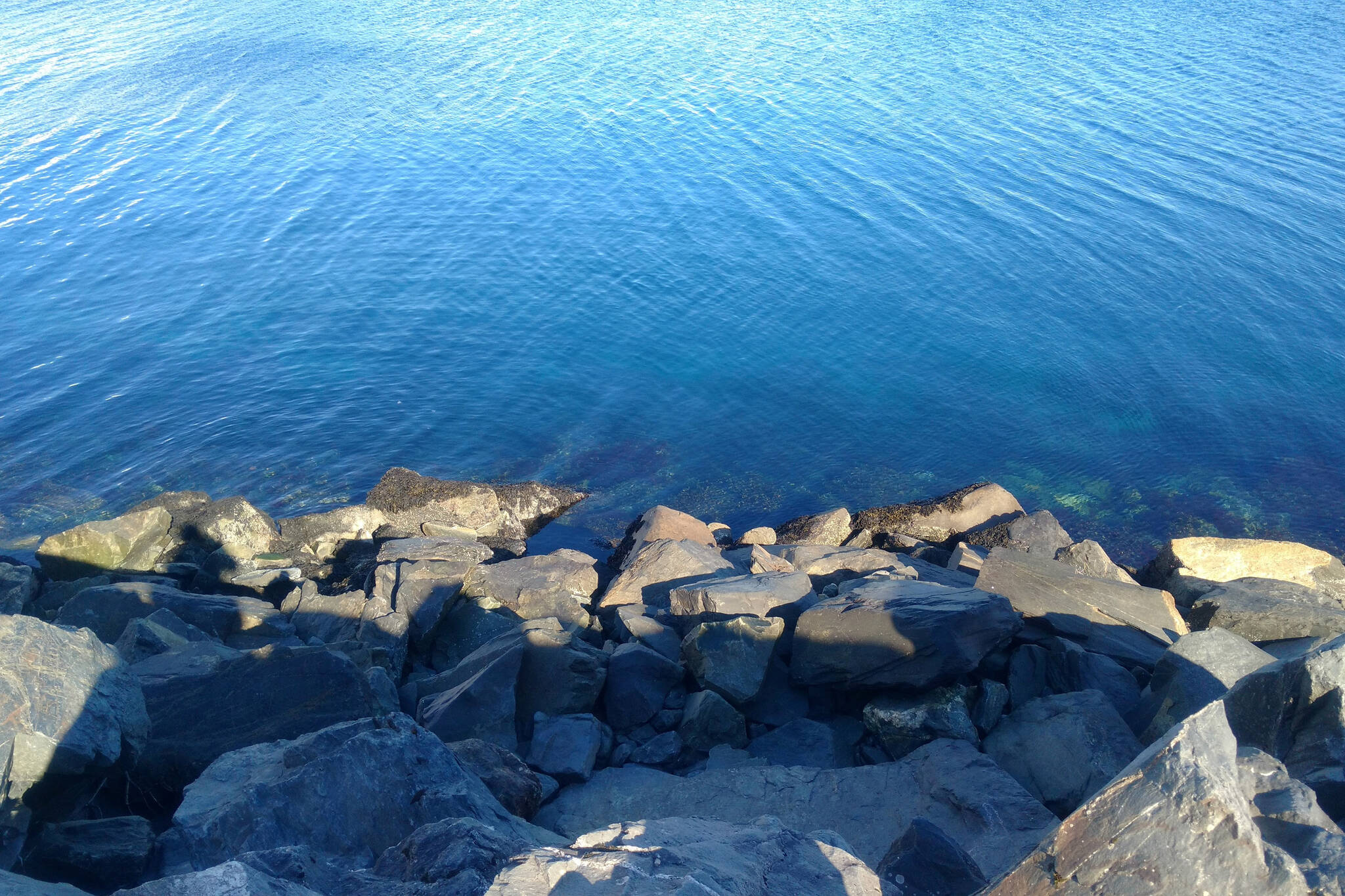Mariculture in Alaska’s coastal communities stand to grow extensively if a proposal to develop marine farming and aquaculture is awarded through a competitive federal grant program.
The Build Back Better Regional Challenge, offered by the U.S. Economic Development Administration, is a two-phase competition touted as the “marquee” of the EDA’s American Rescue Plan programs meant to boost economic recovery in response to the COVID-19 pandemic.
Mariculture refers to marine farming or aquaculture in marine environments. The project narrative submitted to the EDA by the Southeast Conference — the federally designated economic development district for southeast Alaska — proposes developing a “viable and sustainable” industry in Alaska producing shellfish and aquatic plants.
The Southeast Conference’s proposal was selected as one of 60 finalists from a total nationwide applicant pool of 529 that represented all 50 states and five U.S. territories. Ultimately, between 20 and 30 coalitions will receive between $25 and $100 million to implement three to eight projects that support an industry sector.
Though the coalition behind the project is led by Southeast Conference, it also includes the Prince William Sound Economic Development District, KPEDD, the Southwest Alaska Municipal Conference, the State of Alaska, the Central Council of the Tlingit and Haida Tribes of Alaska, the Alaska Mariculture Alliance, Alaska Sea Grant, Mariculture Research Training Center, Alaska Fisheries Development Foundation, the University of Alaska system, the Alaska Blue Economy Center and the Alaska Longline Fishermen’s Association.
Tim Dillon, executive director of the Kenai Peninsula Economic Development District, said Wednesday he thinks the coalition’s project proposal stood out, in part, because of the strong regional partnerships between stakeholders and because of the industry’s potential to increase jobs in Alaska.
He described the peninsula’s current mariculture scene as being more of a cottage industry than a year-round operation. There’s already some operations at work on the peninsula, such as oyster farming in Kachemak Bay and a kelp nursery in Seward. The proposal submitted to the federal government, however, lays out plans to turn mariculture in Alaska’s coastal communities into a $100 million per year industry.
“I honestly believe that is possible, especially if we’re able to land this other $50 million to be able to do the different things that we need to do to help and support the industry,” Dillon said of the goal.
The cohort put forth eight potential component projects that would be funded with the $50 million requested, all of which they say represent priority recommendations from the Alaska Mariculture Development Plan, the Five-Year Action Plan and the Final Report to Gov. Mike Dunleavy.
Those project components include $15 million for an Alaska Integrated Hatchery Network that would integrate and maximize the state’s existing mariculture capacity, $15 million for capital to incentivize private investment in the industry by reducing risk and $10 million for the expansion of existing mariculture programs within the University of Alaska Sea Grant network.
That is all in addition to $3 million for vessel energy audits and efficiency improvements, $2 million for a technology innovation competition, $1 million for product and market development and $1 million for boosting coordination between stakeholders and improving public understanding and outreach.
Looming questions Dillon said need to be addressed specifically on the Kenai Peninsula include what will be done with mariculture products once they’ve been picked or processed, who is going to process them and who is going to buy them. Ultimately, Dillon said, the success of the industry depends on whether or not the financials pencil out.
“You can have the greatest idea in the world … but if — number one — there’s no one at the end that wants to buy it, and —number two — you can’t take it from growing, to processed, to being shelf-ready at a reasonable price … then really, your concept isn’t worth anything, if you can’t get it there,” Dillon said.
Between now and March 15 — the Phase 2 deadline — Dillon said the coalition is working to take a comprehensive inventory of Alaska’s mariculture industry, such as what systems already exist, what successes and failures those systems have experienced and what is needed to take certain operations to the next level.
A key focus, he said, will be to see how private investment in mariculture can be supported. Historically, interest in Alaska’s mariculture industry has been contingent on how much funding is available. Under the EDA program, Dillon said that funding would become available.
“For years, people have talked about mariculture and there’s been different kinds of task forces and things, and everything has come back to ‘Well, we need money to do things’,” Dillon said. “We have an opportunity to have some money with this (program).”
At the very least, Dillon said, the competition offers an opportunity for KPEDD and other stakeholders to examine in-depth the potential of the peninsula’s mariculture industry.
“If, by chance, we don’t get this next round of funding, we at least have the answers to some of the questions that we’ve been fighting ourselves about over the last couple of years trying to understand better, and I think that’s really important,” Dillon said. “No matter what, we’re going to wind up with information that’s going to help us.”
More information about the Build Back Better Regional Challenge can be found at eda.gov/arpa/build-back-better.
Reach reporter Ashlyn O’Hara at ashlyn.ohara@peninsulaclarion.com.

